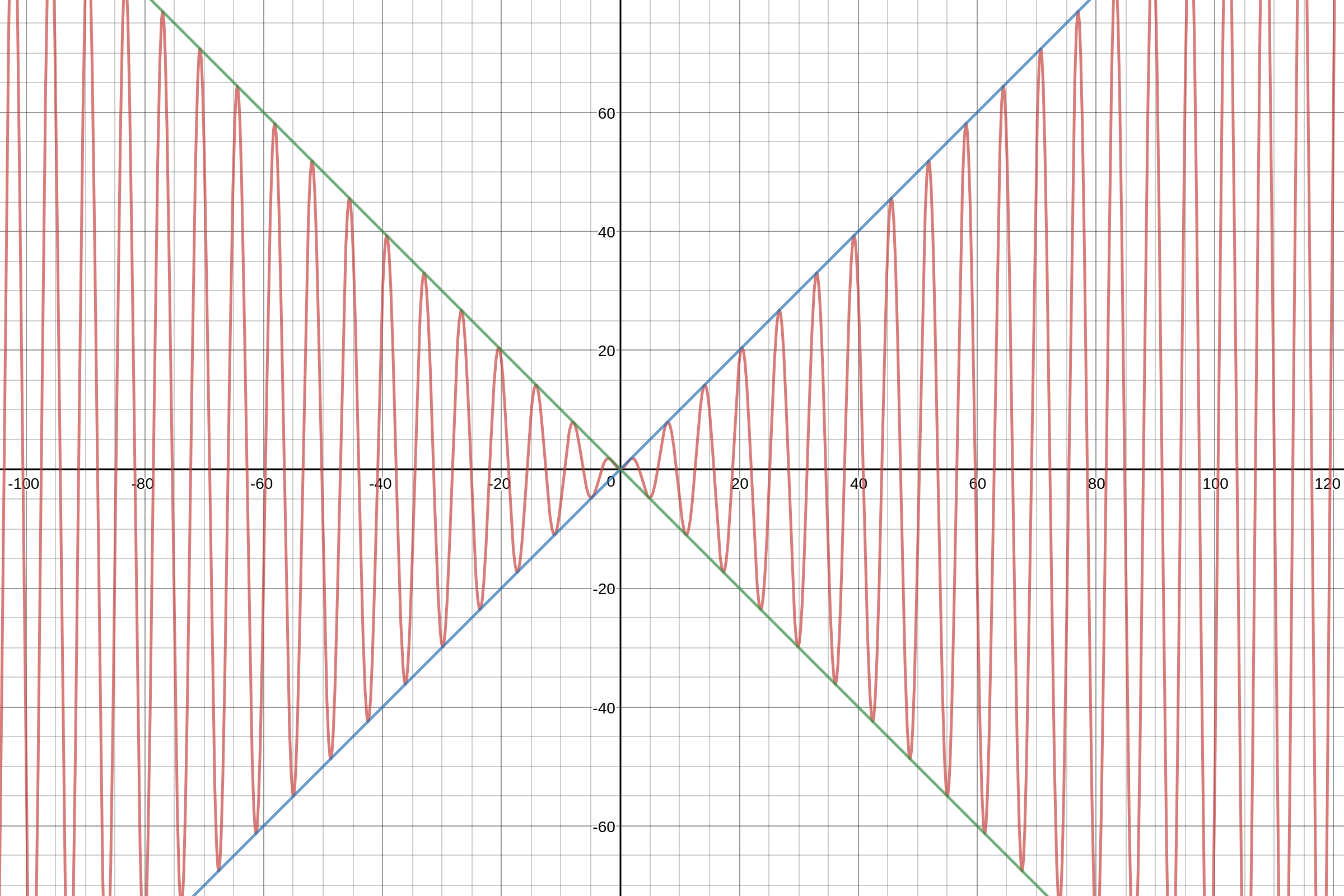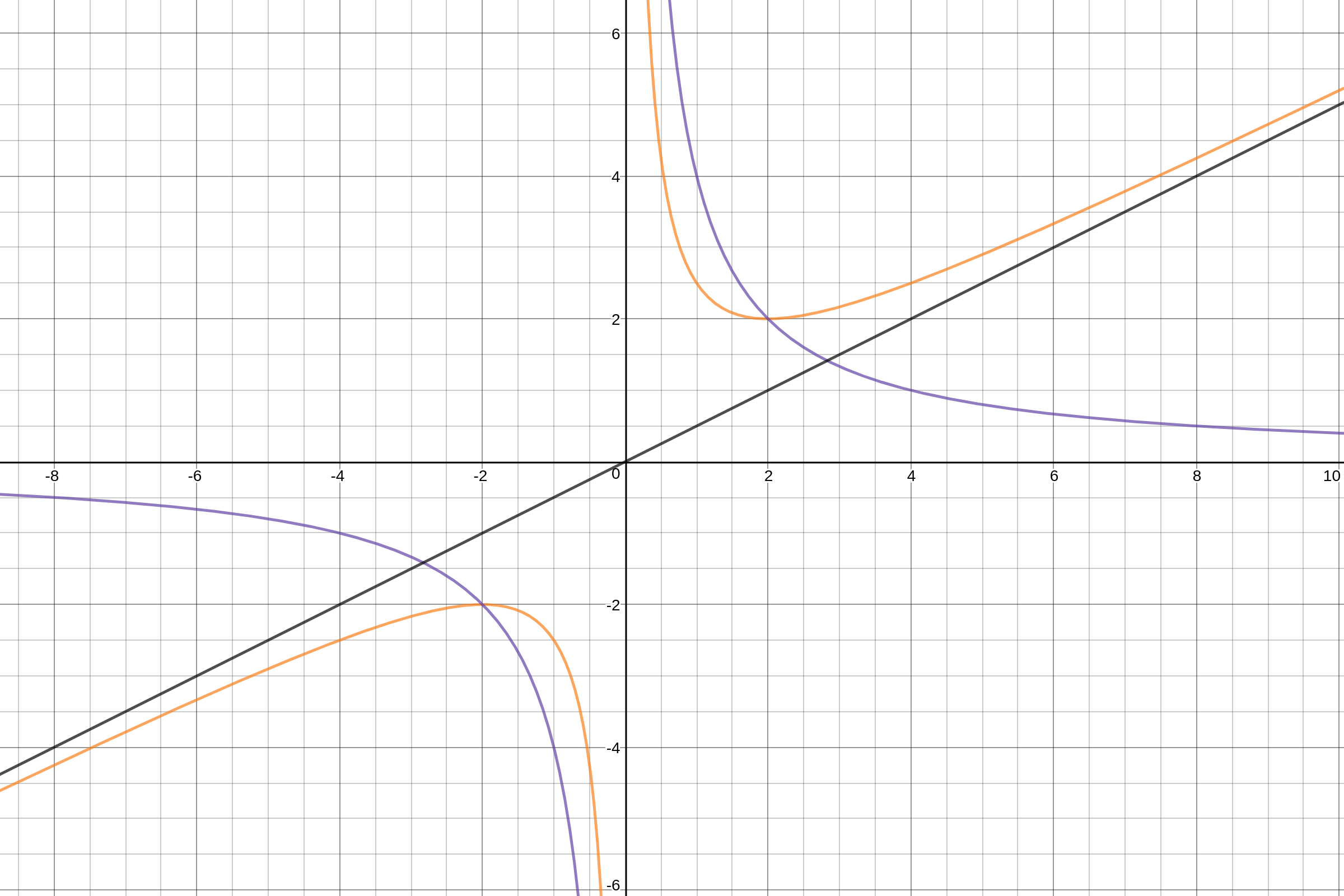SICP Goodness - A deep dive into square root procedure
Put together the sqrt related stuff from SICP

Do you think Computer Science equals building websites and mobile apps?
Are you feeling that you are doing repetitive and not so intelligent work?
Are you feeling a bit sick about reading manuals and copy-pasting code and keep poking around until it works all day long?
Do you want to understand the soul of Computer Science?
If yes, read SICP!!!
There are several epic example problems in the book, the first one of them is of how to calculate the square root of a number.
I believe all the languages has a built-in (or library) method to calculate sqrt. But have you ever wondered how it is implemented? Fasten your seat belt cause we are going on a LONG ride of math, programming and FUN!
Computer isn’t God, it needs step by step instructions to work, no exception for calculating sqrt here.
Square Roots by Iterative Guessing
This method is derived from Neton’s method that we will discuss later.
We can describe this method simply as follows:
Suppose we want to find the sqrt of a.
-
Make a guess g.
-
Check if the guess g is good enough, if yes, return it.
-
If g is not good enough, improve it and goes to the 2nd step.
Sounds simple. But we still have to define how to make the initial guess, what is good enough and how to improve a guess.
To make an initial guess, we stipulate that we use 1 for now.
And it is easy to check whether the guess is good enough, we can just square it and see how close it is to the given number.
(define (good-enough? guess x)
(< (abs (- (square guess) x)) 0.001))The critical part is how to improve a guess.
…whenever we have a guess g for the value of the square root of a number a. We can perform a simple manipulation to get a better guess by averaging g with a/g.
Now we know how to improve the guess.
(define (improve guess x)
(average guess (/ x guess)))Then we write out the process using these procedures.
(define (sqrt-iter guess x)
(if (good-enough? guess x)
guess
(sqrt-iter (improve guess x) x)))We kick start the process by giving the initial guess 1.
(define (sqrt x)
(sqrt-iter 1.0 x))Finding the fixed points of functions
Let’s talk about something that seems to be completely unrelated, finding fixed points of functions.
First of all, the definition of fixed point:
A number x is called a fixed point of a function f if x satisfies the equation
f(x) = x.
In other words, fixed point is where the given fuction and f(x) = x crosses. If you know math well, you will know that to solve the equation f(x) = g(x) means to find the crossing points of the two functions.
The book also provides a way to calculate fix points.
For some functions f we can locate a fixed point by beginning with an initial guess and applying f repeatedly,
f(x), f(f(x)), f(f(f(x))), ...until the value does not change very much.
Not hard to translate this into code:
(define tolerance 0.00001)
(define (fixed-point f first-guess)
(define (close-enough? v1 v2)
(< (abs (- v1 v2)) tolerance))
(define (try guess)
(let ((next (f guess)))
(if (close-enough? guess next)
next
(try next))))
(try first-guess))Let’s now trying to find out how this fixed point thing is related to calculating sqrt.
Say we want to find the sqrt of a. This means we are finding a x such that x^2 = a, we can also write it as x = a/x. Now this fits the form f(x) = x, and here f(x) = a/x. So we are actually finding a fixed point of function f(x) = a/x.
So we can define sqrt by using the fixed-point function.
(define (sqrt x)
(fixed-point (lambda (y) (/ x y)) 1.0))But unfortunately this won’t work. Try execute it you will see that it won’t converge.
To make it converge, we need to apply a trick. Add x to both sides of the equation x = a/x and then divide it by 2. We then get x = (x + a/x) / 2. Now the problem becomes to find the fixed point of function f(x) = (x + a/x) / 2.
(define (sqrt x)
(fixed-point (lambda (y) (average y (/ x y))) 1.0))This approach of averaging successive approximations to a solution, a technique we call average damping, often aids the convergence of fixed-point searches.
We can express average damping by a procedure, it takes the original procedure, and returns a new damped one.
(define (average-damp f)
(lambda (x) (average x (f x))))Now we can rewrite our sqrt function in terms of fixed point and average damp.
(define (sqrt x)
(fixed-point (average-damp (lambda (y) (/ x y))) 1.0))Ha! If you pay attention this process has become exactly the same as the iterative guessing. But now we give everything a better name so that we can talk about them.
I think we should emphasize more about the power of names. In Greek mythology, you can not say a God’s name casually because the name itself is too powerful. In programming, being able to give names to things is also very powerful, because then we can talk about, improve and change them.
I suggest that you stop for a second and appreciate how much expressive power we have at this point, and how we achieve all these by just combining functions.
More on average damping
I was scratching my head trying to get better understanding of this average damping. I googled it, no result. But turns out that damping has some meaning in Physics.
Progressively reduce the amplitude of (an oscillation or vibration).
For example, we can multiply f(x) = sin(x) and f(x) = x together to form f(x) = xsin(x), the result looks like this:

See how sin(x) is constrained inside f(x) = x and f(x) = -x. This gives a taste of what damping means.
Now let’s draw f(x) = (x + 4/x) / 2 and f(x) = 4/x and f(x) = x/2:

Notice that the original function and the damped one has the same fixed point 2, and the damped function is constrained under f(x) = x/2. That is probably why it is called average damping(I’m not sure about this, please let know if I was totally wrong).
Newton’s Method
Actually in the beginning of post, the iterative guessing is a special case of Newton’s method. Let’s first give the definition of Newton’s method and then explain why iterative guessing is a special case of it.
If
x -> g(x)is a differentiable function, then a solution of the equationg(x) = 0is a fixed point of the functionx -> f(x)where
f(x) = x - g(x) / Dg(x)
and
Dg(x)is the derivative ofgevaluated atx.
Let’s say we want to calculate the sqrt of a, that is g(x) = x^2 - a = 0. According to Newton’s method, the solution is the fixed point of
f(x) = x - g(x) / Dg(x)
= x - (x^2 - a) / 2x
= x - x/2 + a/2x
= x/2 + a/2x
= (x + a/x) / 2
which is exact the same as previous methods.
We get this result because we calculated the derivative by hand, let’s now find a way to let the computer do that for us.
Let dx be a very small number, Dg(x) can be calculated as
Dg(x) = (g(x + dx) - g(x)) / dx
We can express the idea of derivative as a procedure:
(define (deriv g)
(lambda (x)
(/ (- (g (+ x dx)) (g x)) dx)))Notice that derivis a higher order procedure, it takes a procedure g and return a new procedure, which fits the math definition of derivative perfectly.
With the aid of deriv, we can express Newton’s method as a fixed point process.
;; transform g -> f
(define (newton-transform g)
(lambda (x)
(- x (/ g(x) ((deriv g) x)))))
(define (newton-method g guess)
(fixed-point (newton-transform g) guess))Now we can define sqrt in terms of newton-method:
(define (sqrt x)
(newton-method (lambda (y) (- (square y) x)) 1.0 ))Summary
Phew, we have come to the end of this long journey, let’s look back what just happened.
We introduced 3 ways to implement function sqrt:
-
Iterative Guessing (this is the same as 2, and essentially the same as 3)
-
Fixed point + average damping
-
Fixed point + newton’s method
See that method 2 and 3 share the fixed point part, indicating that we can further abstract things out.
(define (fixed-point-of-transform g transform guess)
(fixed-point (transform g) guess))
;; 2
(define (sqrt x)
(fixed-point-of-transform
(lambda (y) (/ x y))
average-damp
1.0))
;; 3
(define (sqrt x)
(fixed-point-of-transform
(lambda (y) (- (square y) x))
newton-transform
1.0))This is stunningly beautiful and satisfactory. Don’t you agree?

Share this post
Twitter
Google+
Facebook
Reddit
LinkedIn
StumbleUpon
Email